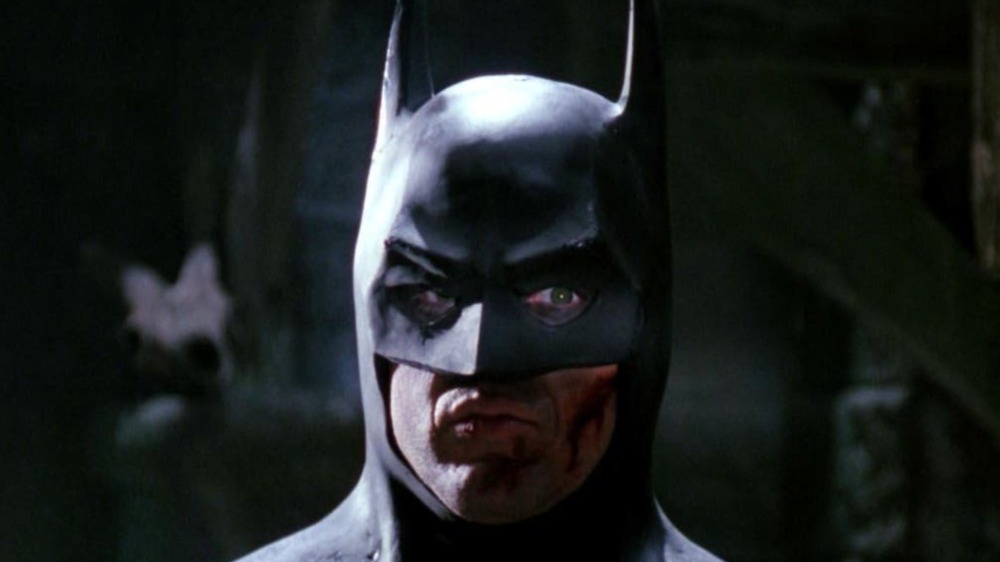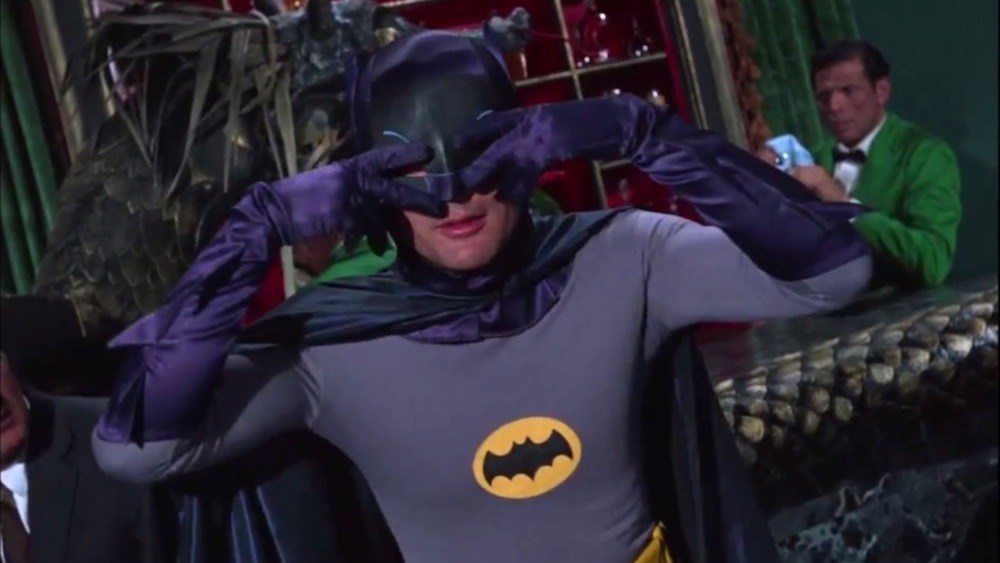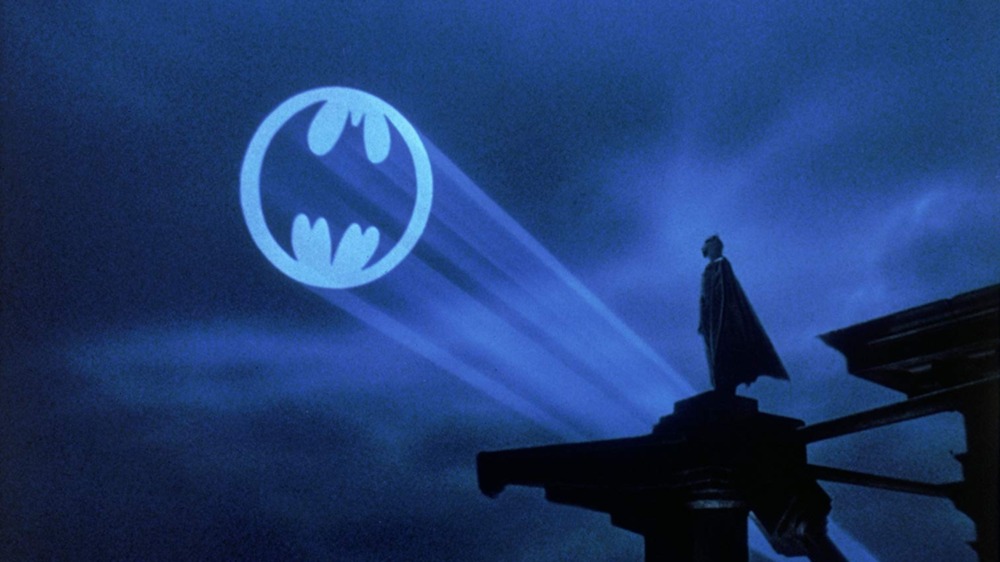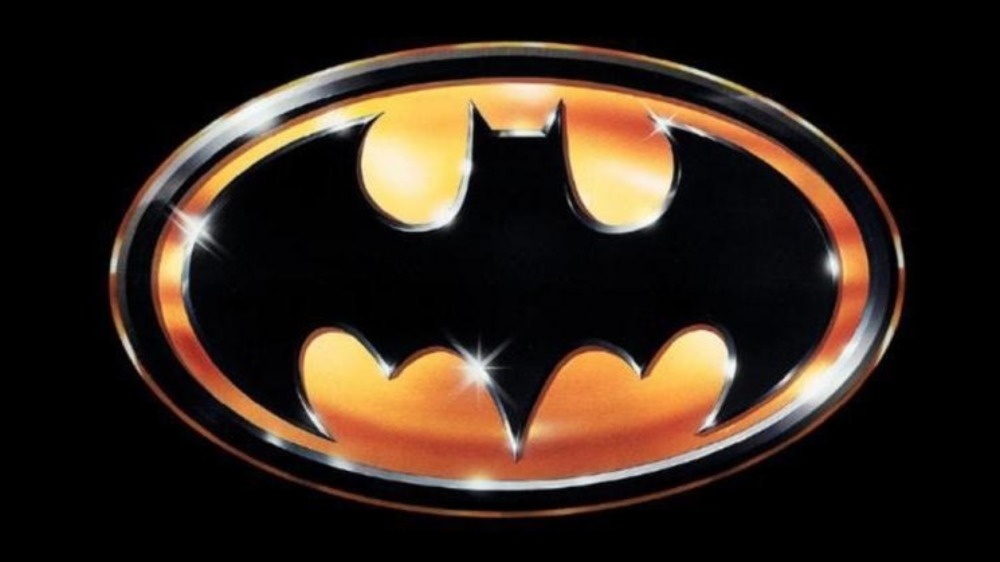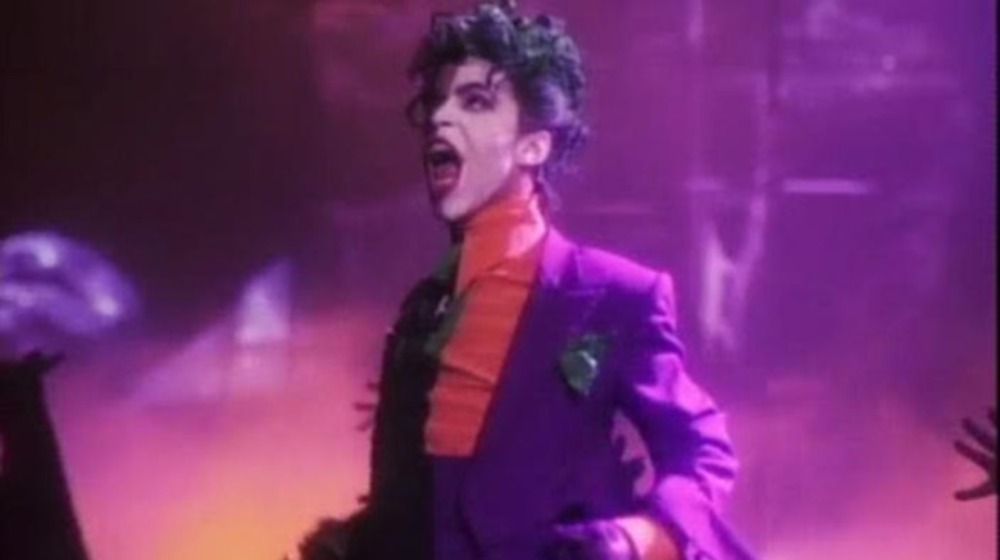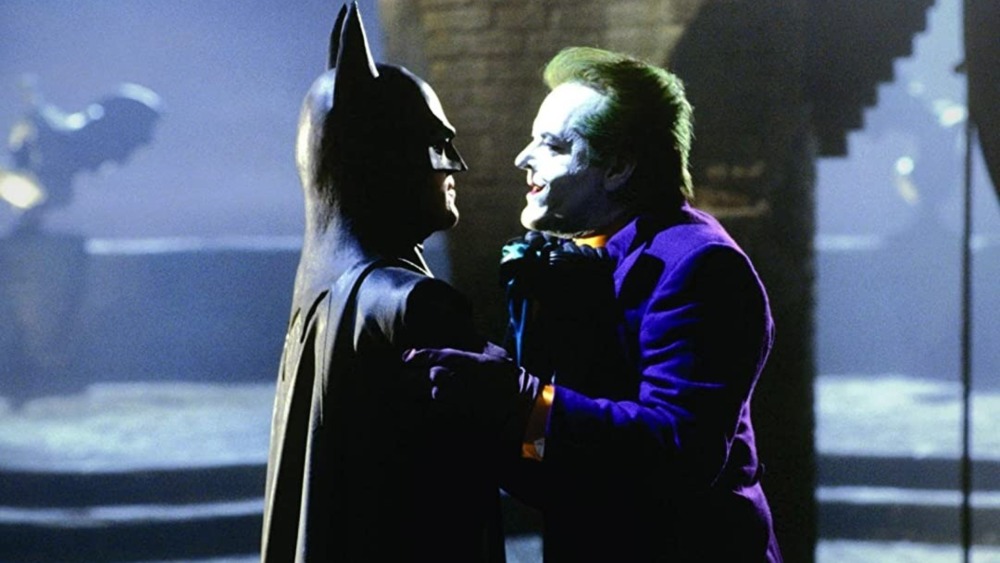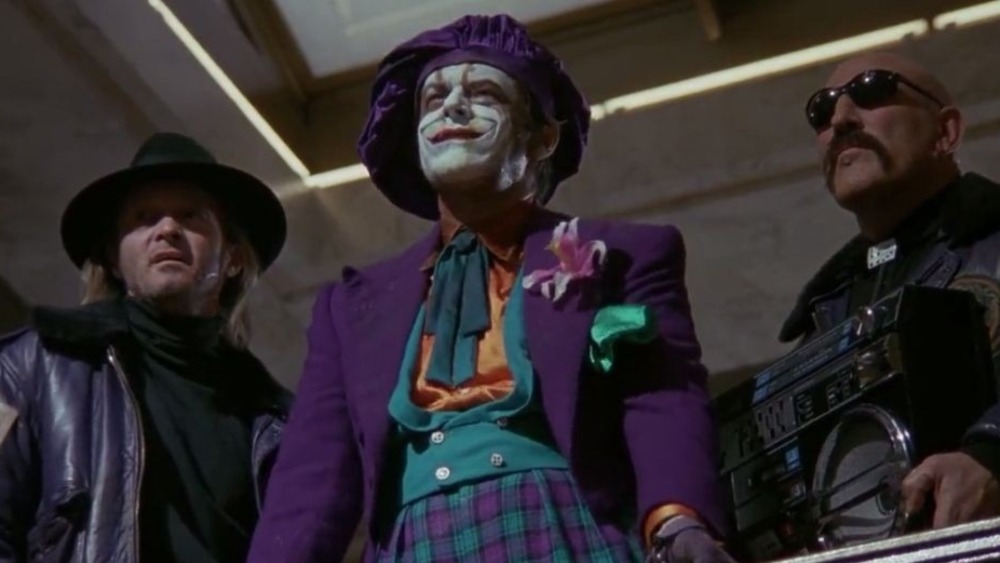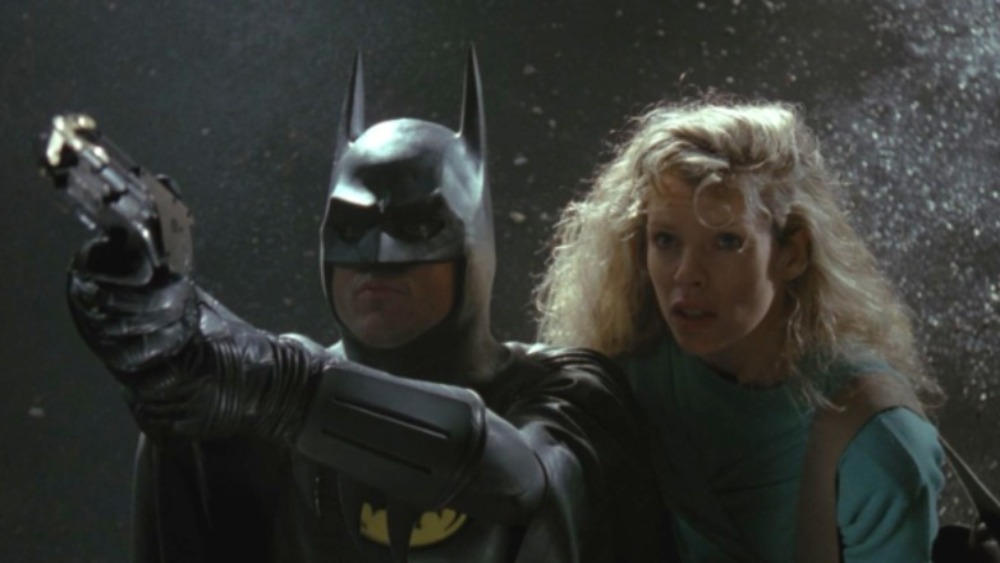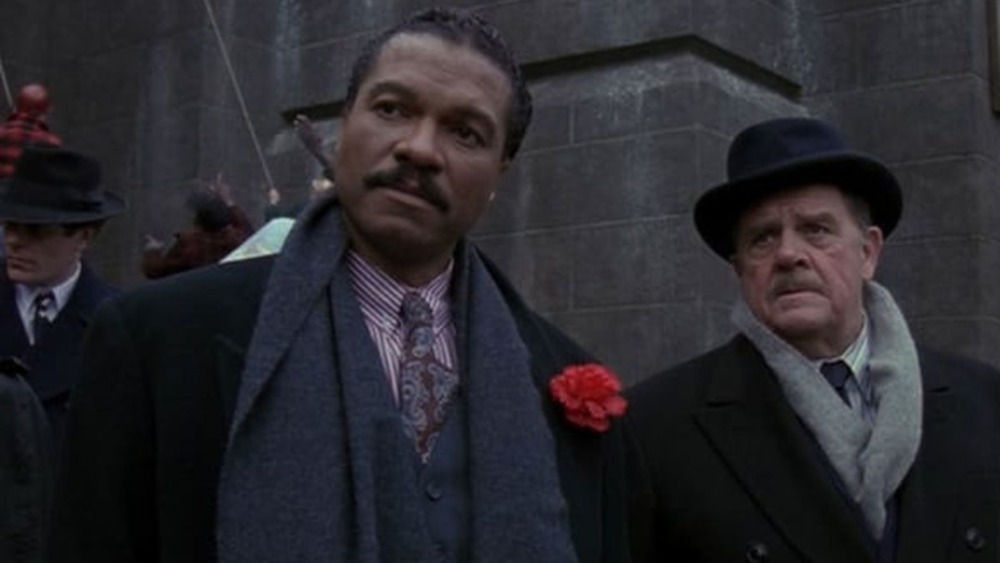What It Was Really Like To See Batman In 1989
These days it feels silly to ask whether or not there will be a big budget superhero movie during any given year. It makes more sense to ask how many big budget superhero movies there will be, which will come from Marvel, which will be inspired by DC Comics, which will be good enough to warrant sequels, and which will be swept under whichever rug you can find classics like X-Men Origins: Wolverine and Green Lantern.
But it wasn't always this way. Without the benefit of CGI or the increased legitimacy superhero stories have found in more recent years, the big budget superhero movies of the '80s were pretty much limited to Christopher Reeve's Superman series and ... yeah, that's pretty much it (unless you want to bring up 1982's Swamp Thing or 1986's Howard the Duck and why would you?). However, the tail-end of the '80s brought with it a hero who was darker and, in some ways, more human than the last son of Krypton, and his arrival on the big screen forever changed how we see superheroes.
When you consider that in 2018 over a half dozen big budget superhero films were released, it may seem impossible to look back and remember a time when anticipation for a single comic book film transcended hype to become a genuine cultural phenomenon, but the release of 1989's Batman was such an event. Whether you were around for it and need a reminder, or if you weren't around and can hardly believe it, here's what it was really like to see Batman in 1989.
At first, fans were not hopeful for Batman 1989
On hearing that a Batman film was on its way, fans of the Dark Knight hoped their hero would finally be taken seriously and that his legacy would be divorced from the campy '60s Batman series that transformed Gotham's sentinel into a caricature. Unfortunately — proving that nerd rage over superhero castings pre-dates social media — the news that Michael Keaton had been cast as Batman got fans angry early on.
As remembered by David Crow's 2019 retrospective on Den of Geek, the news of Keaton's casting stunned everyone. Even Batman executive producer Michael Uslan claims to have initially thought the casting news was a joke and trades like Variety openly mocked the choice. Fans started letter-writing campaigns to change the studio's mind, including petitions.
Considering how many fans will still tell you Keaton is their favorite Batman, this kind of nerd rage may seem inconceivable, but before you judge, think about how the general public looked at Michael Keaton in the '80s. At the time, all of Keaton's most commercially successful films — like Beetlejuice and Mr. Mom – were comedies. So to understand how Batman fans felt hearing Michael Keaton was playing Batman, imagine if Steve Carrell were tapped to play Superman. Or, imagine if Marvel Studios announced that they were resurrecting Tony Stark so Andy Samberg could take a crack at the character. Chris Evans doesn't want to play Steve Rogers anymore? That's okay — Jack Black's available.
The hype machine turned Batman into a phenomenon
The hype surrounding the release of 1989's Batman is the stuff of legend. All you need for proof is the very existence of so many online retrospectives not necessarily about the film, but the phenomenon — often referred to as "Batmania" at the time — created by Warner Bros' media machine.
Forbes' Scott Mendelson writes about being "consciously gripped in Bat-fever" before the release of Batman. For Comics Alliance, Patrick A. Reed recalls the "candy-filled Keaton heads in supermarket checkout aisles" and the "Batmobile toys in Happy Meals," concluding that "the entire world had gone Batty." The Washington Post remembers the hype transforming the film into a "preordained event," and as a result yielding huge financial returns. Batman raked in $43 million in its opening weekend (via Forbes), breaking numerous ticket sales records, including breaking the record for ticket sales not only an opening weekend, but for its second weekend.
In at least one example, the fevered pitch of Batmania proved too intense even for the studio that worked so hard to create it. Per THR, Warner Bros considered throwing a "mega-party" for the June 21, 1989 Los Angeles premiere of Batman – including building a replica Gotham. According to Charlotte Gee, Warner Bros' VP of publicity and promotion in 1989, the studio was afraid it "couldn't control security and would have a problem occur that would spoil a wonderful evening."
Batman's logo was everywhere
One of the simplest and most effective marketing tools used to publicize Batman was the gold-and-black Bat emblem that was seemingly in every shop in 1989. Whether you were at the supermarket buying groceries, in a department store buying clothes, or a fast food joint getting lunch, the Batman logo was everywhere.
Part of the genius of Batman's marketing onslaught was realizing how instantly iconic that bat logo already was. It was not at all uncommon, for example, to be met with the movie posters (via Washington Post) which didn't even include the name "Batman," but simply the black-and-gold bat logo and the release date, June 23rd. In particular, the t-shirts sporting the logo were selling like gas masks in a Joker convention. Paul Levitz, DC Comics' executive vice president and publisher in 1989, joked that the Bat logo shirts were so successful that it caused a shortage of black cotton.
The notion of using a superhero's logo similarly in marketing has since become practically mandatory, but in 1989 it was a novel and effective use of iconic imagery.
Prince was all over the radio and MTV
Released the same month as Batman, the late Prince's hit single "Batdance" was as inescapable as any other Bat-related hype that summer. At turns a chaotic dance song or a slow, funky groove, "Batdance" is liberally peppered with samples from the film, including arguably the Joker's most surprising exclamation, "This town needs an enema!" While, as Mel Magazine's Tim Grierson chronicles, the single got a lot of downward thumbs from critics, it hit the top of the Billboard charts in August 1989.
The video, like the song, is striking, wild, and kind of incoherent. Prince appears both as himself in kind of a Batcave-y music studio, and as a character known as Gemini who appears to be half-Batman and half-Joker. Surrounding Gemini are dancers dressed as both Batman and Joker, locked in a struggle throughout the song. The video also contains a surprising number of Easter eggs. For one, it's impossible to look at Gemini and not be reminded of Two-Face. For another, there's a Vicki Vale dancer whose top announces "ALL THIS AND BRAINS TOO" — referencing a shirt worn by a news commentator in the seminal graphic novel Batman: The Dark Knight Returns.
Along with stoking the already raging fire of Bat hype, "Batdance" was a huge win for Prince. The video won a Soul Train award and helped make Prince's Batman soundtrack his first #1 album since 1985's Around the World in a Day.
Batman 1989 forced audiences to look at Batman differently
The notion that Batman is a darker hero shouldn't feel like a revelation, right? Particularly as far as 21st century portrayals are concerned, if a new Batman project is announced, you can expect a gravelly-voiced vigilante who makes himself a friend to shadows. He broods, he mourns, and he finds gargoyles to perch on wherever he goes.
It may surprise younger fans to know, however, that before Tim Burton's Batman, the Dark Knight's legacy was dominated by the camp of the '60s Batman series. Sure, the fans of the source material knew Gotham's greatest champion had little in common with the dancing, punny hero from TV. But outside the comic book shop, most audiences heard the name "Batman" and thought of Adam West and Burt Ward climbing up walls or their ridiculous fistfights with the comic book sound effects like "POW" and "BIFF" superimposed over the melee.
Curing pop culture of this association was one of the goals of lifelong Batman fan Michael Uslan in his decade-long crusade to get Batman made. In the Shadows of the Bat documentary, Uslan says, "For about 20 years, whenever anyone mentioned the word 'Batman' ... 'pow,' 'zap,' and 'wham' were always attached to the name. I wanted to detach it and get back to the heart of the character." Considering the hero's more contemporary adaptations, it's clear 1989's Batman succeeded in forcing the hero away from his days dancing the Batusi.
The world started taking Joker seriously
Just as Batman forced audiences to deal with a Dark Knight who was far more interested in vengeance than he was in puns, Jack Nicholson's portrayal of the Joker made the world take the cackling maniac seriously. While he may seem cartoonish compared to grittier 21st century portrayals of the Joker, Nicholson had a take on the character that was a steep departure from what most audiences expected.
Sure, by 1989 Alan Moore and Brian Bolland's Batman: The Killing Joke was making waves at the comic book shop. But the live-action Joker most people knew was played by Cesar Romero in the '60s Batman series. Not only did Romero famously refuse to even shave his mustache for the role, but we are in no danger of being contradicted when we point out that the hero of 1989's Batman kills more people in that film than Romero's Joker does in the entire '60s series.
There's no better proof that Nicholson is largely responsible for the more complex directions Joker has taken in more contemporary times than the complaints of the guy who played him for two years. When the Associated Press asked for his reaction to the 1989 film, Cesar Romero called it "dreary," expressing shock at the violence — particularly from his successor. Romero lamented, "Nicholson, who is such a wonderful actor and who has done such good work, is just so violent."
For comic book fans, Batman 1989 was a redeeming moment
While there will probably always be naysayers, the stories of comic book superheroes slogged a long road toward any kind of legitimacy — and 1989's Batman was one of the biggest steps down that road.
In the Shadows of the Bat documentary, Michael Uslan gives an example of how superhero comics were viewed pre-Batman that still would sound familiar to any fan of the genre. While attending the Indiana University Maurer School of Law in the late '70s, Uslan took advantage of a program that allowed students to pitch courses that they would teach themselves. Uslan says when he applied to teach a course about comic book heroes, the college dean told him comic books were "cheap entertainment" and "junk" not worthy of academic study. According to Uslan, he responded by illustrating how the origin story of Superman mirrored that of the Biblical figure Moses, and as a result his course was immediately approved.
Batman's success and the evidence of how much of Tim Burton's vision was to credit for that success, not only helped legitimize superhero movies, but made them more attractive to actors and directors. Speaking about this to the Washington Post, Andrew Farago, author and curator for San Francisco's Cartoon Art Museum, listed visionary directors who would later attach themselves to superhero franchises, aptly wondering "Who could have imagined a world with Kenneth Branagh directing Thor?"
Batman 1989 was a promise of more to come
Along with their bevies of Easter eggs, contemporary superhero movies and TV shows are known for teasing fans by introducing characters who — should the adaptation follow the source material closely enough — could become superheroes or villains in future stories. For example, 2008's Iron Man hinted at James Rhodes becoming the armored hero War Machine, but fans had to wait one more movie for it.
Batman gave us a very early example of this kind of tease by casting Billy Dee Williams as hero District Attorney Harvey Dent. Any DC Comics fan in the theater knew that Dent was destined to become the coin-tossing criminal Two-Face. With this character's appearance, the movie created a palpable sense among fans that there was more to come, and did it without pandering or shouting the reference from the rooftops. And while the part would eventually be recast with Tommy Lee Jones, the franchise did end up making good on its promise of adding Two-Face to Batman's rogues gallery in Batman Forever. Williams, meanwhile, eventually got to play the role of Two-Face decades later in the Lego Batman movie, of all places.
Batman also created that delicious sense that there was more on the way through its many absences. There was no Robin and no Batgirl; no green question marks or explosive penguins. It was impossible to not ask who would play Robin, who would play Riddler, or who would play Penguin when he eventually showed up. Fans were casting the sequels before the original was out of theaters. Though to be fair, it was in theaters a while.
